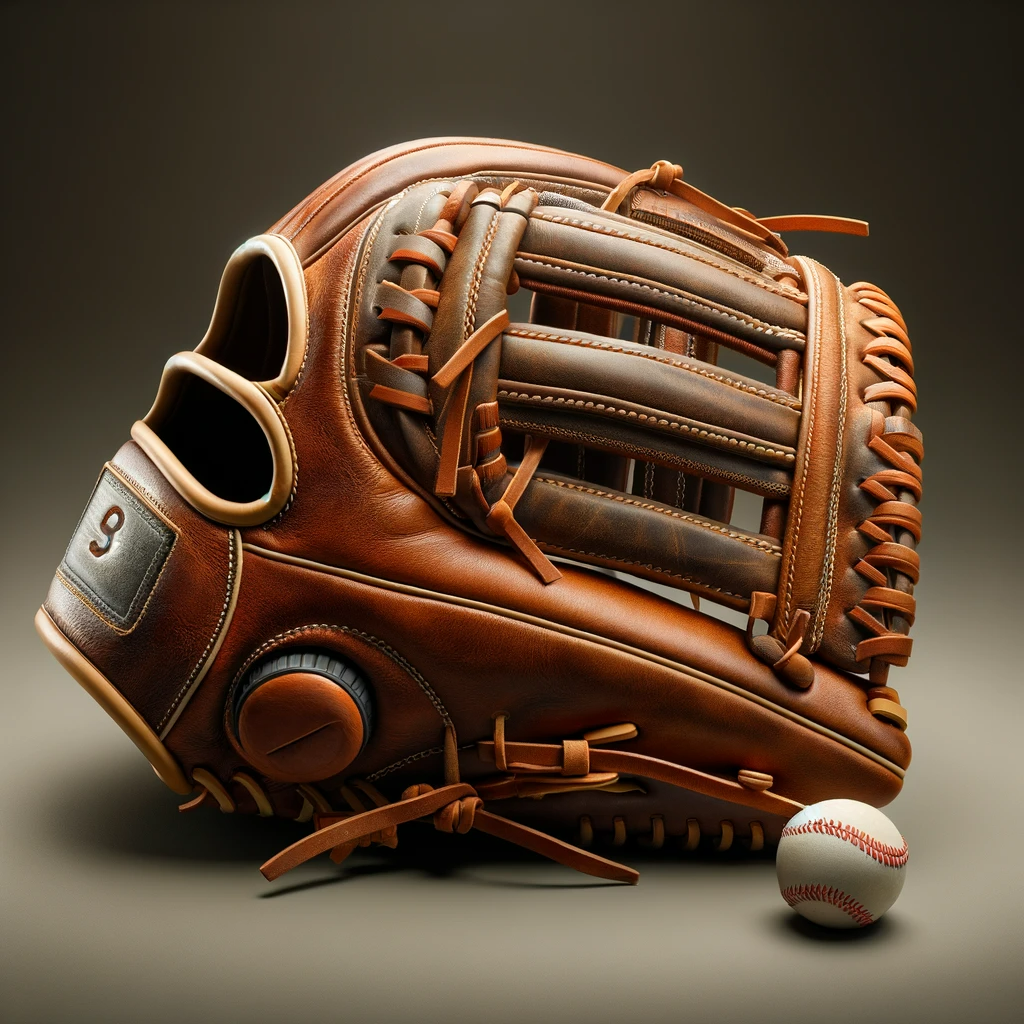Are you in the market for a new baseball glove, but unsure about what size to buy? It can be overwhelming to navigate the different sizes and options available, but finding the right fit is crucial for optimal performance on the field. In this article, we'll guide you through the process of sizing for baseball gloves so that you can find the perfect fit for your needs.
Understanding Baseball Glove Sizing
Before we dive into the specifics of how to size a baseball glove, let's first understand the basics of glove sizing. The size of a baseball glove refers to the length from the top of the index finger to the heel of the glove. This measurement is typically given in inches and can range from 9 to 13 inches, depending on the player's age, position, and personal preference.
Youth Sizes

For younger players, youth-sized gloves are typically used. These gloves range in size from 9 to 11.5 inches and are designed with smaller hand openings and narrower finger stalls to accommodate the smaller hands of children.
Adult Sizes
For adult players, glove sizes can range from 11.5 to 13 inches. These gloves have larger hand openings and wider finger stalls to accommodate the larger hands of adult players.
How to Measure Your Hand for a Baseball Glove
Now that we know the basics of glove sizing, let's talk about how to measure your hand to determine the right size. To measure your hand, follow these steps:
- Place your dominant hand flat on a table with your fingers together and your thumb extended outward.
- Use a measuring tape or ruler to measure the distance from the base of your palm to the tip of your middle finger.
- Round up to the nearest inch.
- Use the chart below to determine your recommended glove size based on your hand measurement.
| Hand Measurement (inches) | Glove Size |
|---|---|
| Up to 6.25 | 9 |
| 6.25-6.5 | 9.5 |
| 6.5-6.75 | 10 |
| 6.75-7.0 | 10.5 |
| 7.0-7.25 | 11 |
| 7.25-7.5 | 11.5 |
| 7.5-7.75 | 12 |
| 7.75-8.0 | 12.5 |
| 8.0 and up | 13 |
Factors to Consider When Choosing a Baseball Glove
While your hand size is a key factor in determining the right glove size, there are other factors to consider as well. Here are some things to keep in mind when choosing a baseball glove:
Position
The position you play on the field can impact the type of glove you need. For example, infielders typically use smaller gloves (around 11-11.5 inches) to allow for quicker transfers and better control, while outfielders typically use larger gloves (around 12-13 inches) to cover more ground and catch fly balls.
Webbing
The type of webbing on a glove can also impact performance. There are a variety of web styles to choose from, each with its own advantages and disadvantages. For example, a closed web (where the webbing between the thumb and index finger is solid) can provide more support and durability, while an open web (where there are spaces between the webbing) can provide better visibility and flexibility.
Material

Gloves are typically made from leather or synthetic materials. Leather gloves are more durable and offer better feel and control, but they require more maintenance and can be more expensive. Synthetic gloves, on the other hand, are more affordable and require less maintenance but may not offer the same level of performance as leather gloves.
Comfort
Comfort is key when it comes to selecting a baseball glove. Look for a glove with a comfortable wrist strap and a snug fit that doesn't slip around on your hand. Some gloves may have extra padding or cushioning to provide additional comfort and protection.
Breaking in a Baseball Glove
Once you've selected your baseball glove, it's important to break it in properly to ensure optimal performance on the field. Here are some tips for breaking in a new baseball glove:
- Apply a small amount of glove oil or leather conditioner to the glove to soften the leather.
- Play catch with the glove to help mold it to the shape of your hand.
- Use a mallet or ball to pound the pocket of the glove to help it form a deep pocket.
- Store the glove with a ball in the pocket to help maintain its shape.
Conclusion
Choosing the right size baseball glove is crucial for optimal performance on the field. Use the hand measurement chart and consider the position, webbing, material, and comfort when selecting a glove. And remember to break in your glove properly for the best results.

FAQs
Q1: What is the most common size for a baseball glove?Ans: The most common size for an adult baseball glove is 11.5 inches.
Q2: Can a baseball glove be too big?
Ans: Yes, a glove that is too big can make it difficult to catch the ball and can slow down your reaction time.
Q3: Can a baseball glove be too small?
Ans: Yes, a glove that is too small can make it difficult to control the ball and can cause discomfort or injury.
Q4: How long does it take to break in a new baseball glove?
Ans: It can take anywhere from a few days to a few weeks to properly break in a new baseball glove.
Q5: Can I use a baseball glove for softball?
Ans: While some players do use baseball gloves for softball, it's generally recommended to use a softball-specific glove, as the larger ball size and different pitching style can impact the type of glove needed.

0 comments